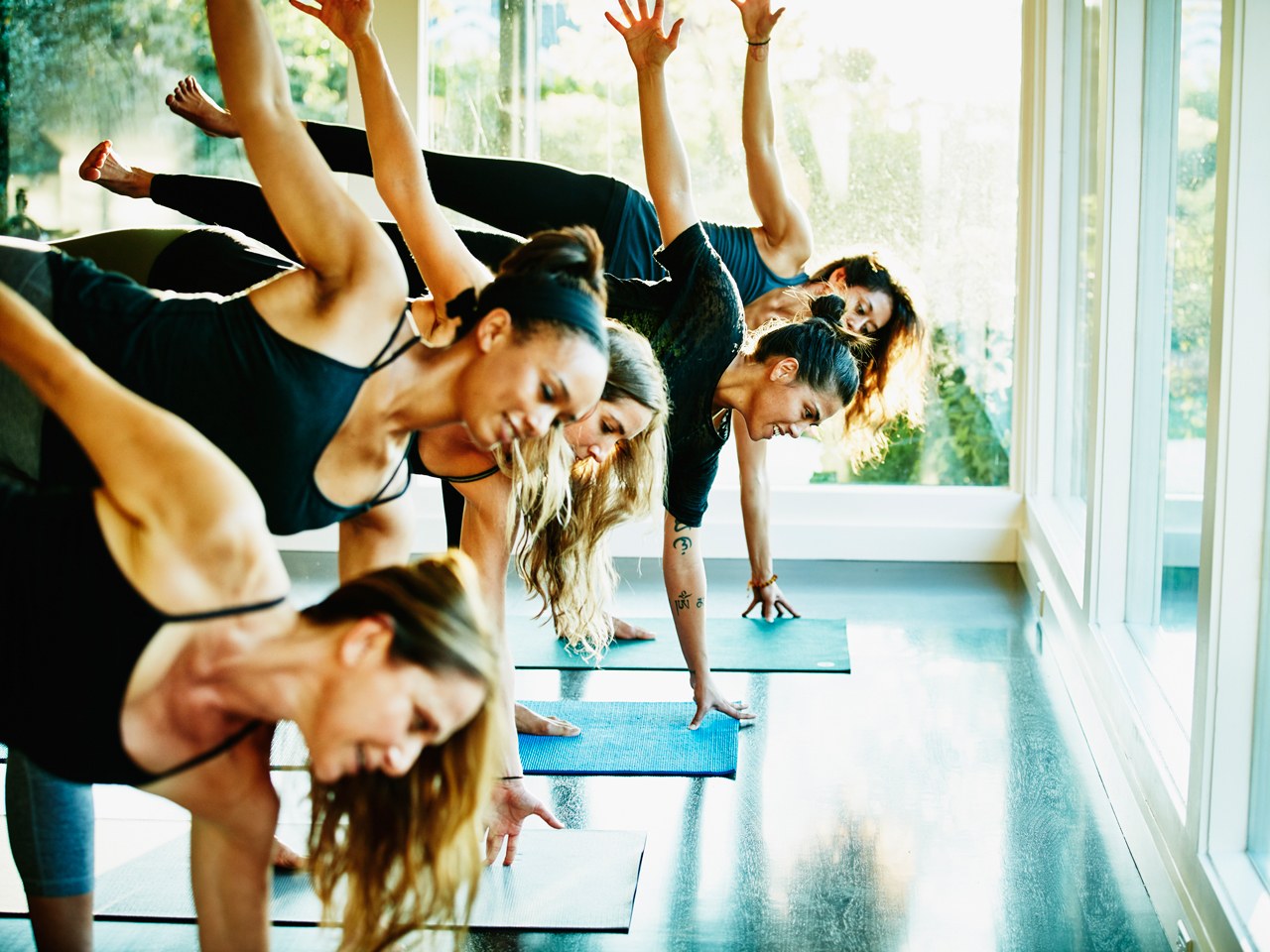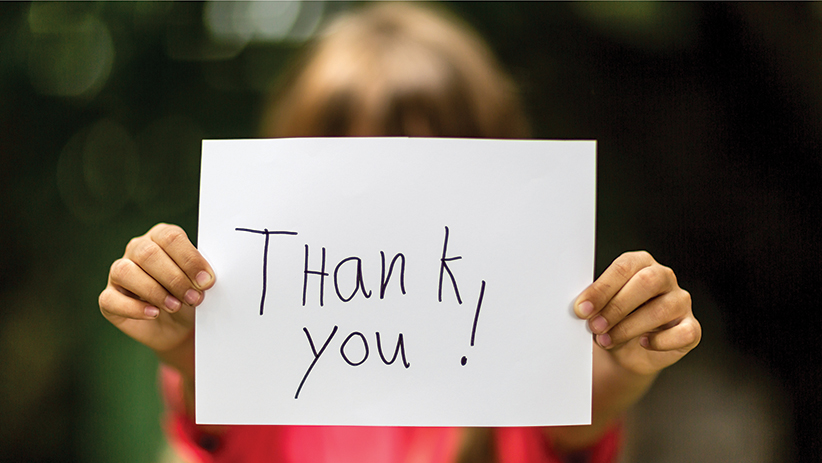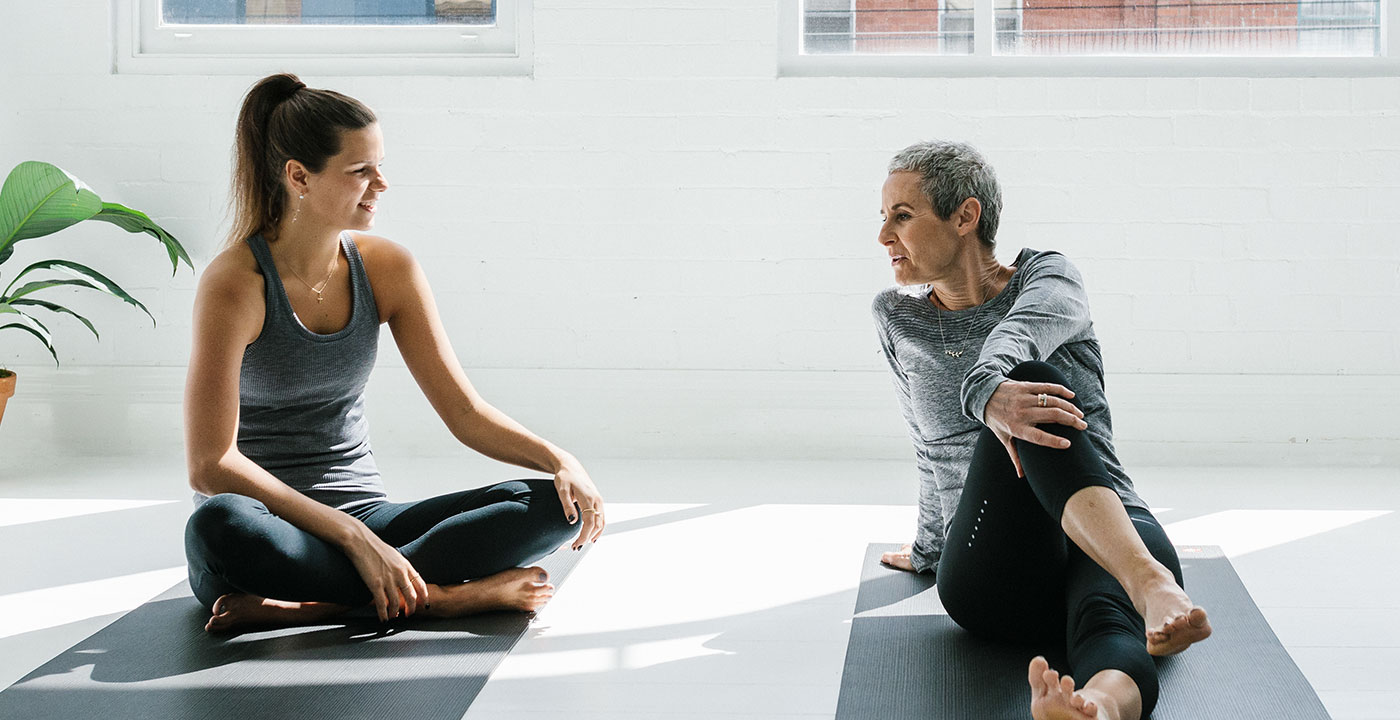I have always been a type-A person — I like structure, planning and efficiency — and while that has certainly helped me get a lot done, it has also sometimes pushed me to do things too quickly, to be impatient and to miss opportunities to learn through listening.
Yoga has been the counter to that motor — even when I am upside-down in a headstand. The practice of yoga involves breathing, meditation and postures, sometimes physically challenging ones and sometimes poses that are challenging in their simplicity — like just being still. I have been practicing yoga for nearly two decades, after being drawn to the physical comfort the stretches brought me as a teenager, and completed my 200-hour teaching training in 2011. In recent years, I have brought that practice to The New York Times, where I have worked for over four years and am now a director of communications.
As my fellow yoga teachers LaShone Wilson, Lara Atella and I recently wrote in our guide “How to Relax With Yoga,” “while relaxed forms of yoga are helpful, improving your ability to return to a calm state after stress requires a well-toned nervous system that is resilient. Think of it this way: If we could spend all our time in a quiet, peaceful environment, then stress would not be an issue.” In a previous guide, “Yoga to Make You Strong,” I detailed some examples of physically strengthening postures that also work the mind.
At The Times, I am especially grateful to offer my colleagues an opportunity to stretch and relax in the stressful world of news. Self-care is important because it enables us to replenish our energy in order to be of service to others. We listen better, empathize more and focus.
An important aspect of yoga is the integration of all things (especially the body and mind). When we compartmentalize our lives, we can sometimes miss opportunities for connections and we may not process our pain and trauma. It’s important to be kind to the entire being, all the time, so you can, in turn, be kind to others. As a yoga practitioner and teacher, I have sought to bring yoga into all parts of my life. I practice yoga at home with my 8-year-old son, Kai, and at work with my colleagues, but it is not always easy to prioritize self-care.
Even 15-minute stretch-and-chill sessions, as we call them here — where we close our eyes, deepen our breath and melt our bodies into the ground — can make a difference. (As it turns out, even a conference room floor can be relaxing with a bit of music, lavender oil and intention.) It’s something you could try in your own office or work space and adjust as you see fit. (We adjusted, for example, from our initial 40-minute sessions to better fit our needs.)
At The Times, we also have a Slack channel dedicated to self-care where we share tips and encourage one another to engage in healing practices — including heating pad recommendations and discussions about how to stay organized without overdoing it. This space has been a source of positive energy and has also enabled connections between colleagues of all walks of life, parts of the organization and physical locations.
And I’m certainly not the first or only person to do what I’m doing. Kelly Couturier, a yoga and mindfulness teacher and author of the Times guide “Yoga for Everyone,” teaches a weekly class at The Times.
From: The New York Times



